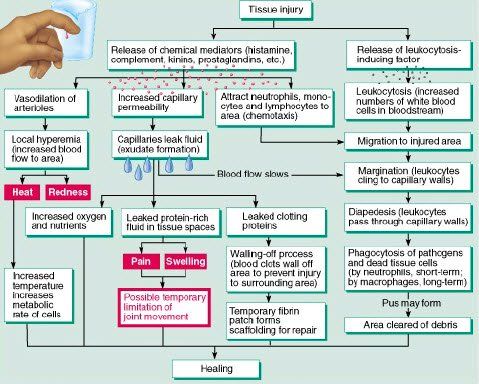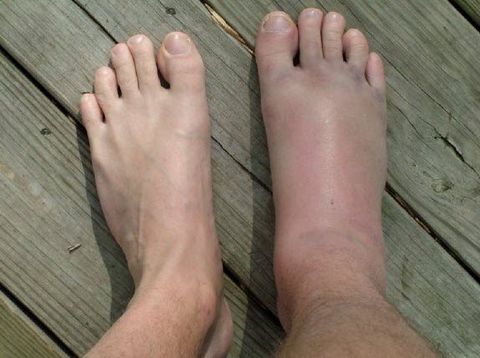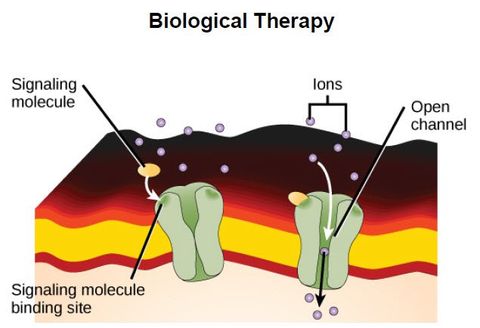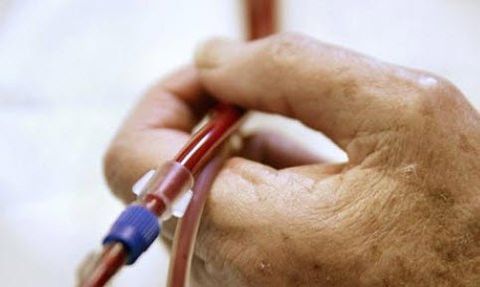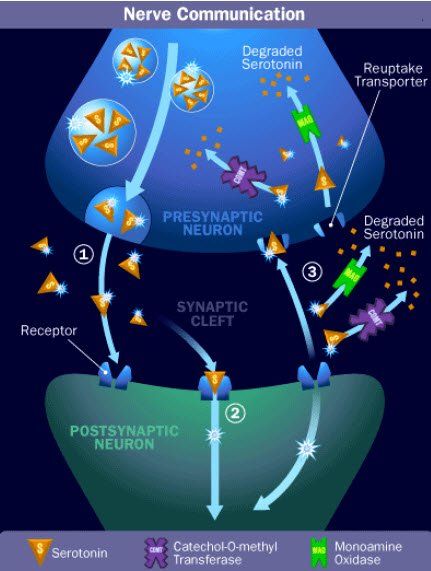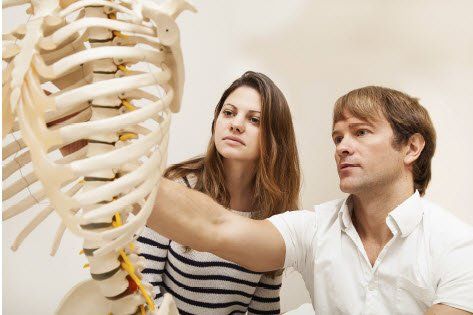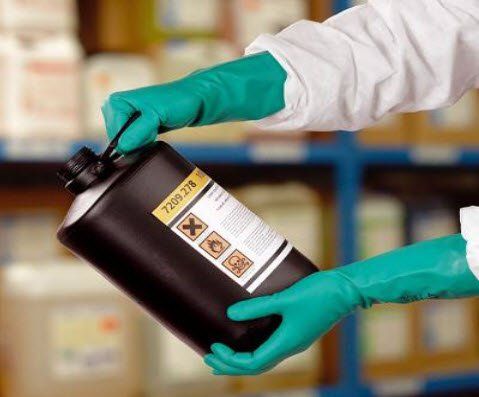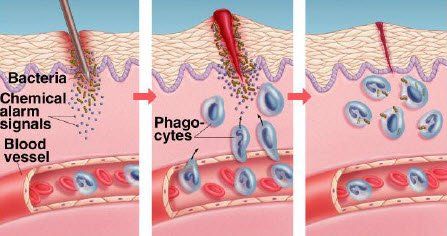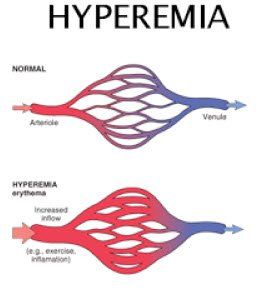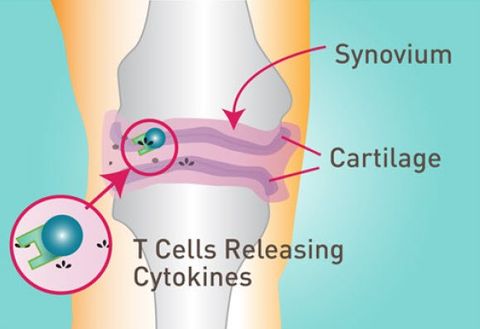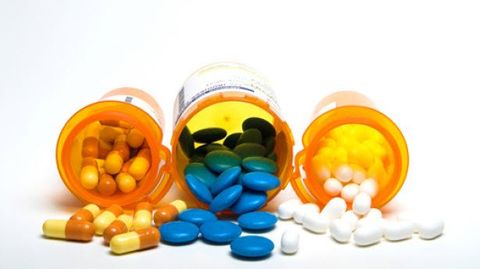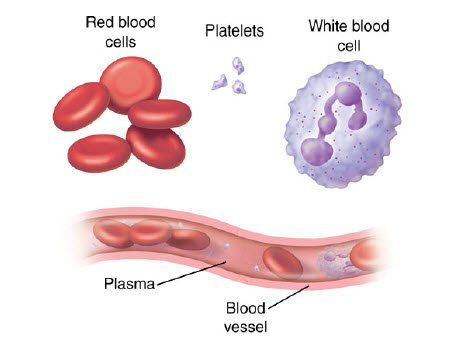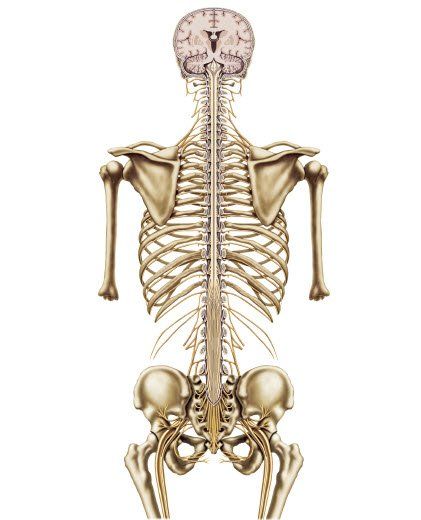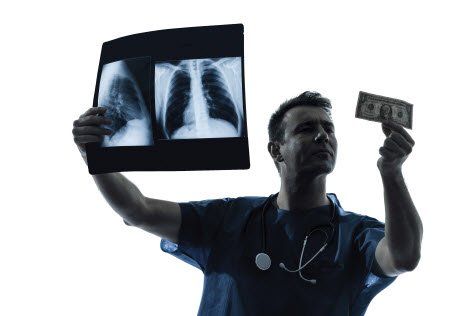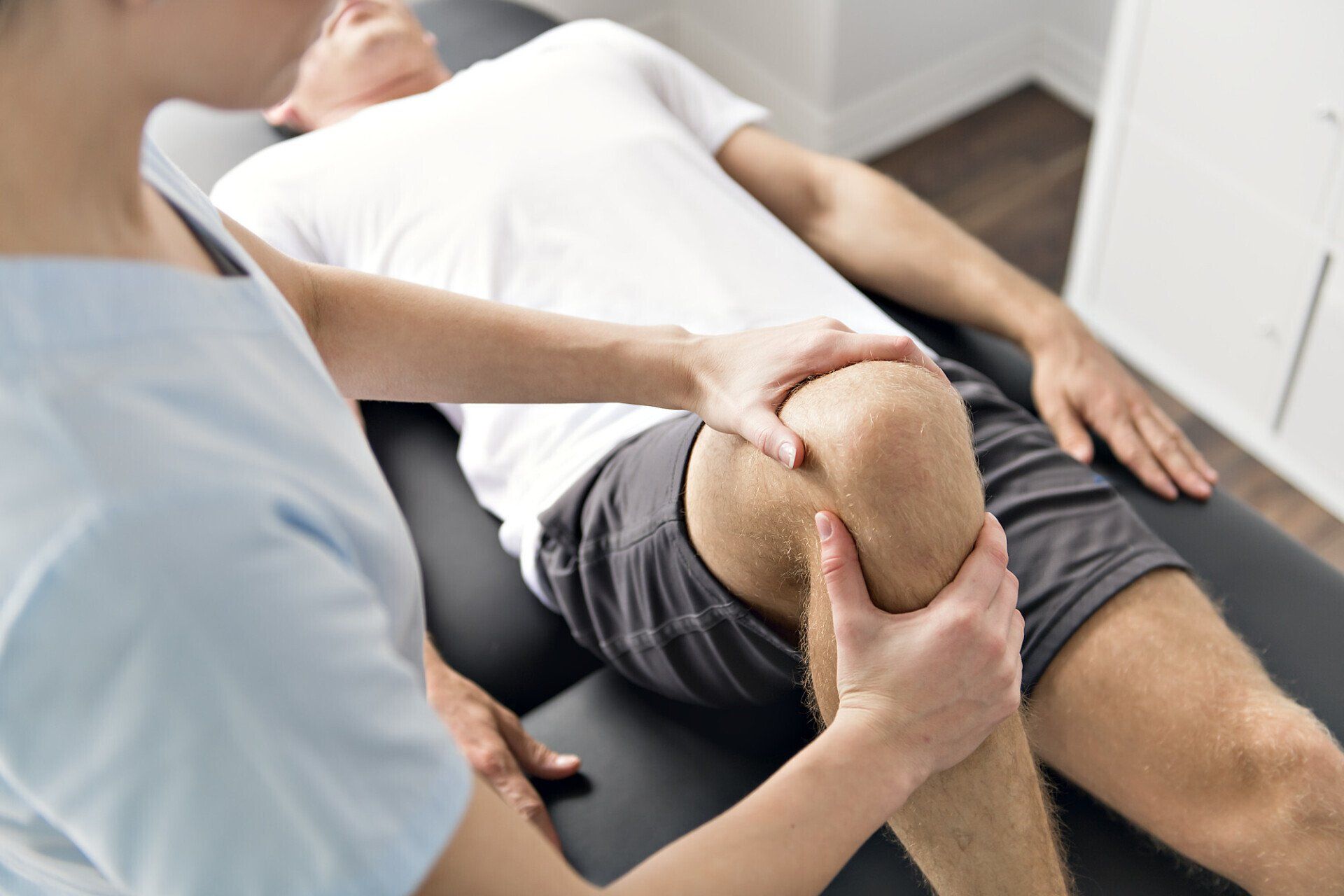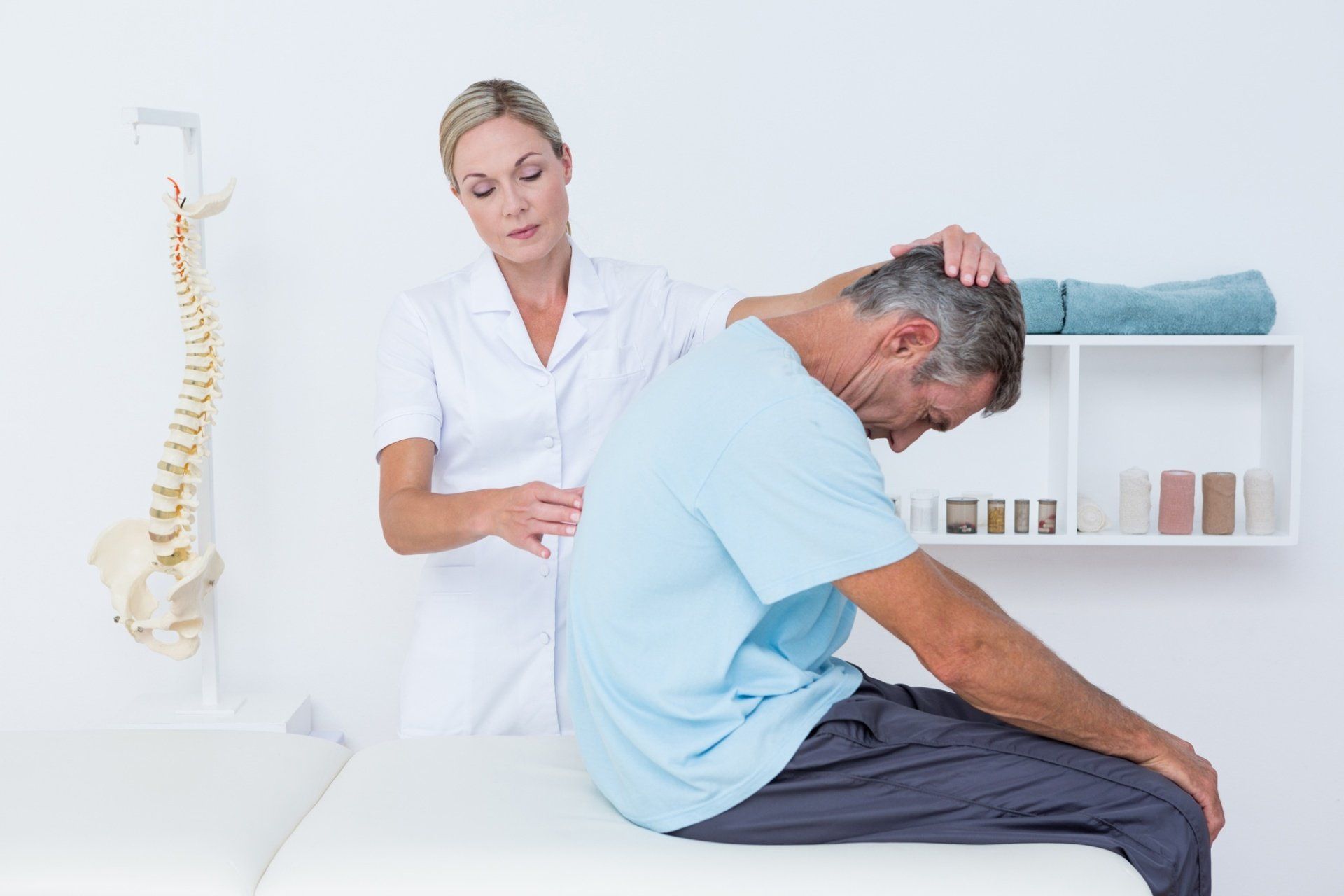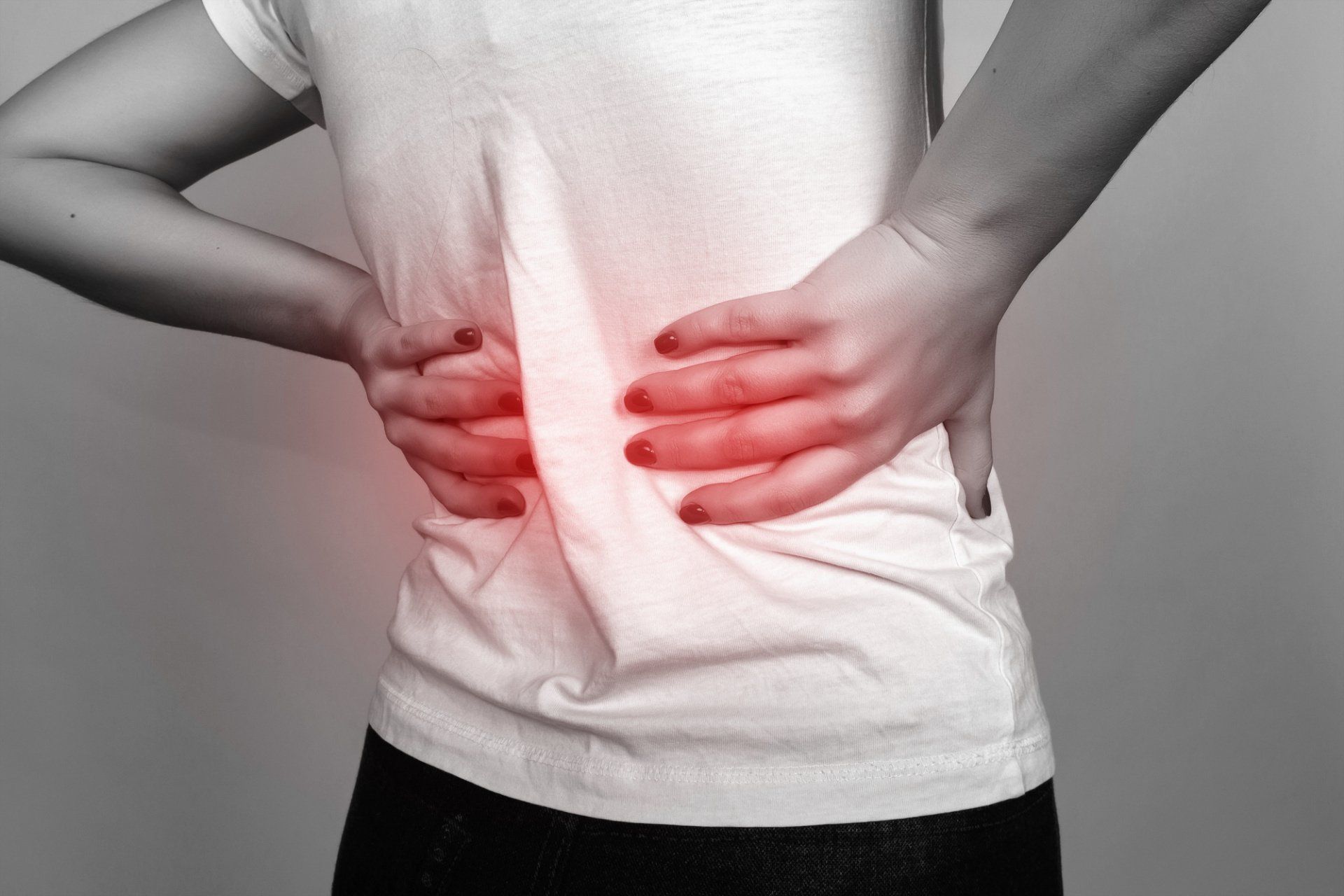Blog Layout
Inflammation and the Healing Process
Jul 08, 2019
The role of inflammation in the process of healing has been misunderstood for many years. Recent neurological and immunological research has shed light on its importance in the human healing process. A clear shift in science is taking inflammation away from being the enemy of health and a condition to be suppressed and or eliminated to one in which its importance and role is allowed to proceed.
“Inflammation is one of the most important mechanisms of host defense since it marshals the attack on the injurious agent and leads to repair of the affected tissue.”
The Cell Biology of Inflammation
Inflammation: Tissue Response to Injury
The inflammatory response is a natural defense mechanism that is triggered whenever body tissues are damaged in any way. Most of the body defense elements are located in the blood and inflammation is the means by which body defense cells and defense chemicals leave the blood and enter the tissue around the injured or infected site. Inflammation occurs in response to physical trauma, intense heat and irritating chemicals, as well as to infection by viruses and bacteria.
These chemicals also increase the permeability of local capillaries. Consequently, exudate, fluid containing proteins such as clotting factors and antibodies, seeps from the bloodstream into the tissue spaces.
This exudate is the cause of the local edema or swelling that in turn, presses on adjacent nerve endings, contributing to a sensation of pain. Pain also results from the release of bacterial toxins, lack of nutrition to the cells in the area, and the sensitizing effects of released prostaglandins and kinins. If the swollen and painful area is a joint, normal movement may be inhibited temporarily in order for proper healing and repair to occur.
Although at first, edema may seem to be detrimental to the body, it isnt. The entry of protein-rich fluids into the tissue spaces
- ) Helps to dilute harmful substances, which may be present
- Brings in large quantities of oxygen and nutrients necessary for the repair process.
- Allows the entry of clotting proteins which form a gel like fibrin mesh in the tissue space that effectively isolates the injured area and prevents the spread of bacteria and other harmful agents into the adjacent tissues. It also forms a scaffolding for permanent repair.
I would like to begin my consideration from the homotoxicological viewpoint by pointing out the effectively beneficial aspects of the inflammatory process. As a result of the effects of histamine, and in conjunction with permeability dysfunction's, blood plasma with antigens extravasates from blood vessels. Connecting tissue, which lies between the blood vessels and parenchyma, subsequently produces a tissue gel in response to the following processes which act on it. The enrichment of acids and the diminution of oxygen which occur here, the production of hyaluronidase among the bacteria present, and the presence of toxic products of metabolism (so-called homotoxins). In this phase of inflammation, leukocytic cells are produced in the manner, which has been very impressively demonstrated in the well-known experiment by Busse-Grawitz. Now, at this point, the toxic products of metabolism can, together with the pus formed, be properly eliminated from the organism, in the sense of a biologically effective detoxification reaction. Any measure taken to impede this process of detoxification signifies a corresponding hindrance of the process of healing.
“No one could survive without precise signaling in cells. The body functions properly only because the cells constantly communicate with each other.”
Scientific American
When one considers that in wound healing there is cell and tissue proliferation proceeding at a rate exceeding that seen in malignant tumors, it is humiliating to admit how little we know of the mechanisms involved. It is evident that our knowledge of healing is woefully deficient. We understand neither the signal that starts the process of healing nor the mechanisms that control and maintain it. Failure to identify the mechanism by which normal tissue homeostasis is maintained is particularly disappointing, since any understanding of the major disorders of cell division ( cancer ) must be related to a knowledge of the normal controlling mechanisms of cell growth.
Principles of Disease
CHRONIC INFLAMMATION
When you see the letters itis at the end of a word, it means “inflammation of” The first part of the word indicates the part of the body that is involved in the inflammation process. For example, the word dermatitis means inflammation of the skin (derm) and arthritis is the inflammation of a joint in the body. It most cases the term itis at the end of a word denotes a chronic condition.
Chronic inflammation is an inflammatory response of prolonged duration--weeks, months, or even indefinitely, who extended time course is caused by persistence of the causative stimulus to inflammation in the tissue, repetitive use of anti-inflammatory drugs, a weakened immune system, or an improper nerve supply.
Chronic inflammation inevitably causes tissue damage and is accompanied by simultaneous attempts at healing and repair. The exact nature, extent and time course of chronic inflammation is variable and depends on the balance between the causative agent and the attempts of the body to remove it.
FDA probes new worries about acetaminophen
Washington. (AP) Evidence that many Americans may poison their livers by unwittingly taking toxic doses of acetaminophen has the government considering if the consumers need stiffer warnings about the popular painkiller. Data suggests acetaminophen over dosages could be a bigger cause of liver failure than some prescription drugs recently banned for liver poisoning.
“Chronic kidney failure affects about thirteen million Americans. In many patients, this condition eventually becomes end-stage kidney disease, requiring dialysis and/or kidney transplant. Currently, there are 350,000 Americans undergoing kidney dialysis or having kidney transplant operations. Risk factors include smoking, taking certain drugs, and exposure to chemicals. Among the drug risks is the heavy use of over-the-counter analgesic preparations including non-steroidal anti-inflammatory drugs (aspirin, Advil, Aleve, etc.). Injected or oral illegal drug use may be a previously underestimated and potent risk factor for development of chronic kidney disease.
Dr. William Bennet
Central Nervous System & Inflammation
The Central Nervous System controls and coordinates every single system down to the tiniest microbes in the human body including the entire healing and repair process. The CNS does this by sending and receiving billions of nerve messages every single minute. The health and internal resistance of the body is largely dependent on the communication ability of the nervous system.
Remember, if the nervous system is not functioning like it supposed to—healing will never be optimized or complete. This is one of the most important concepts that must be understood when attempting to resolve health issues.
“The quality of healing is directly proportional to the functional capability of the central nervous system to send and receive nerve messages”
Journal of Neurological Science
The presence of vertebral subluxations can often be detected by an examination of a person’s posture. There is ample research which shows the relationship between poor posture and a improperly functioning nervous system which leads to health problems.
POSTURE & HEALTH
- Posture and normal physiology areinterrelated.
- Posture affects and moderates everyphysiological function from breathing tohormonal production.
- Abnormal posture is evident in patientswith chronic and stress related illnesses.
- Homeostasis and nervous systemfunction are ultimately connected withposture.
- Despite the considerable evidence thatposture affects physiology and function,the significant influence on posture isnot addressed by most physicians.
American Journal of Pain Management
“The beginning of the disease process starts with postural distortion.”
Dr. Hans Seyle, Nobel Laureate
CONCLUSION
Research continues to demonstrate that the inflammation is a normal, natural and beneficial process to the human body. Treating inflammation with chemicals results in the halting of this natural process and often leads to chronic conditions. No wonder that so many health conditions end in the word “itis”
At all biological levels (molecular, cellular, organ), communication between elements is essential for the proper functioning of system.
This communication process is essential to the homeostasis of the body. The foundation of health begins with a properly functioning nervous system, to the extent that we can equate levels of function and healing capability with the ability of the nervous system to send and receive information.
There is a greater quantity of communication in the human body than all of the combined man-made communication systems in the world and the coordination and precision of neurological and biological communication systems is unparalleled.
The trend in immunological research clearly demonstrates that restoring, balancing, facilitating and maximizing the communication systems of the body is the key to optimal health and immune system function
The inflammatory response:
(1) prevents the spread of damaging agents to nearby tissues
(2) disposes of cell debris and pathogens and
(3) sets the stage for the repair process.
The four cardinal signs of inflammation are redness, heat, swelling and pain. Many experts consider impairment of function to be the fifth cardinal sign of inflammation.
The inflammatory process begins with chemical “alarms” a series of inflammatory chemicals that are released in the extracelllular fluid. Injured tissue cells, phagocytes, lymphocytes, mast cells and blood proteins are all sources of inflammatory mediators, the most important of which are histamine, kinins, prostaglandins, complement, and lymphokines.
Though some of these mediators have individual inflammatory roles as well, they all promote dilation of the small blood vessels in the vicinity of the injury.
As more blood flows into the area local hyperemia (congestion with blood) occurs which accounts for the redness and the heat of the inflamed area.
Benefits of Inflammation
Inflammation is often associated with the inflammatory response to tissue injury or trauma, but inflammation is at work in the body at a bio-molecular level on a constant, basis without any symptomology. Inflammation helps to maintain homeostasis in the body by coordinating immune function, including T cell mediation to identify and eliminate cancer cells.
T-lymphocytes
T-Lymphocytes or T cells are involved in:
- inflammatory reactions.
- increasing the numbers of cells for a strong
- defense of the body.
- the destruction of cancer and infected cells.
T cells are one of the first immune cells to become aware of the presence of foreign cells. When they notice that an infection has occurred, they release different classes of immune cofactors, or biochemical signals that activate B cells to produce antibodies and other immune cells. By using these messages,
T cells recruit additional cells and start an immune reaction. Regulatory T cells defend the body by recruiting other cells. These cells "talk" to one another with immune cofactors, which are small bioactive signals that are produced by cells.
Basic studies shed light on immune function
Immunologists at Oregon State University have recently uncovered some important clues as to how the immune system works at a fundamental level. The key, scientists say, is understanding how some of the T cells, which are sort of the quarterback of the immune system that directs other cells to go do their dirty work, can get stimulated to do their work even better, or tone it down in the case of an autoimmune conditions. One of the things that has intrigued scientists is the apparent correlation between inflammation and a dysfunctional immune response, especially with autoimmune diseases. Steroid treatments, for instance, which have strong anti-inflammatory effects, are often used to treat autoimmune disorders.
“But using a powerful steroid drug, which can have many side effects, to indirectly affect something as delicate as the immune system is like hitting an ant with a sledgehammer”, according to Anthony Vella, an assistant professor of microbiology at OSU. “What we have tried to identify is exactly how the process of inflammation is related to immune function and what cellular processes are involved.” In one recent breakthrough, the OSU research program determined that inflammation in conjunction with the activation of other T cell stimulatory molecules can help T cell growth and increase the number of “fighting” T cells. In experiments, OSU researchers showed that injecting mice with an antigen caused significant death of the antigen-responsive T cells; however, when inflammation was present, it prevented the death of these cells. In cell membranes of certain bacteria, there is a natural bacterial lipid called lippopolysaccharide, or LPS. It appears that LPS can play a role in causing inflammation, and keeping activated T cells alive.
Oregon State University Immunology Research Department
DRUGS & INFLAMMATION
There are more drugs designed to fight inflammation in the human body than any other single category of drugs. NSAIDs are taken regularly by approximately 33 million Americans!
Anti-inflammatories stop or disrupt inflammation by suppressing or altering the chemical signals associated with the inflammatory response. This interrupts the natural healing process and can often lead to conditions of chronic inflammation.
Nonsteroidal Anti-Inflammatory Drugs (NSAIDs)
are often used to stop inflammation, but they may not be strong enough or may have too many side effects. NSAIDs work by inhibiting production of prostaglandins, the chemicals in our bodies that enhance inflammatory effects
Prostaglandins are also important to the normal functioning of a number of other processes including digestion. Because of this, inhibition of prostagladins by NSAIDs can cause indigestion and stomach and duodenal ulcers.
Corticosteroids are immunosuppressive. This means that they reduce the activity of your immune system. A healthy immune system helps defend your body against bacteria, viruses, and cancer.
Use of corticosteroids decreases the body's helpful immune activity, which can increase susceptibility to infection and interfere with the healing process.
“Corticosteroids are commonly used for the treatment of allergies, autoimmune diseases and inflammatory conditions. I consider them dangerous drugs, much misunderstood, abused and over prescribed. Steroids cause allergies and inflammation to disappear as if by magic. In fact, the magic is nothing more than direct suppression of the immune system. Steroids are toxic, cause dependence, suppress, rather than cure disease, and reduce the chance of healing by natural treatment. Moreover, they weaken immunity.”
Andrew Weil, MD
Antibiotics, the very drug prescribed to fight bacterial infections, also impair the body’s immune system. This paradoxical effect was first reported in 1950, but was dismissed because researchers could not confirm their findings. Then, in 1972 researchers at the Baylor school of medicine in Houston rediscovered that antibiotics can prevent white blood cells from attacking and destroying bacteria.
“Vertebrates achieve internal homeostasis during infection or injury by balancing the activities of pro inflammatory and anti-inflammatory pathways. Endotoxins, produced by all gram negative bacteria, activates macrophages to release cytokines that are potentially lethal. The central nervous system regulates systemic inflammatory responses to endotoxins through humoral mechanisms. Activation of afferent vagus nerve fibers by endotoxins or cytokines stimulates hypothalamic-pituitary-adrenal-axis responses.”
Nature
There are many factors which can contribute to chronic health conditions. A well documented, yet often overlooked cause is spinal stress, which can cause interference to the nervous system.
The nervous system is most vulnerable to interference at its protecting structure-the spinal column. The spinal vertebrae are susceptible to various stresses and forces which can jar them from their proper position.
These minor misalignments of the spine are called “vertebral subluxations”
Posture is the body’s response to natural forces of gravity and the stresses of daily living, whether standing, sitting, walking or reclining. With normal erect posture, the body is in a state of intrinsic equilibrium, maintained by minimal muscular effort.
Healthy posture is largely determined by three factors: skeletal structure, soft tissue integrity and neurological control. Breakdown in any of these components can result in subluxations, instability, weakness and loss of neurological control
Posture is the body’s response to natural forces of gravity and the stresses of daily living, whether standing, sitting, walking or reclining. With normal erect posture, the body is in a state of intrinsic equilibrium, maintained by minimal muscular effort.
Healthy posture is largely determined by three factors: skeletal structure, soft tissue integrity and neurological control. Breakdown in any of these components can result in subluxations, instability, weakness and loss of neurological control
“Up to 90% of the energy output of the brain is used in relating the physical body to its gravitational field.”
DR. ROGER SPERRY, Nobel Laureate
“There is an alarming high number of disabling conditions-chronic diseases, most cancers, syndromes and other instances of poor health where western medicine is helpless. There is no root cause, no definite problem that surgery can eradicate or drugs can cure. A large part of the problem has to do with the theoretical framework that modern medicine has taken on, namely that of ignoring the workings of the body itself”
Dr. I. William Lane
“Pressed by patients and advancing technology, health care will soon change its focus from treatment to enhancement, from repair to improvement, from diminishing sickness to increased performance. The transformation has already begun. Accompanying this will be an increased emphasis on psychoneuroimmunology, the science that deals with the brains role in helping the immune system fight disease, which will become a vitally important clinical field—perhaps the most important field of the 21st century.”
Michael Crichton, M.D.
Recent Articles

15 Mar, 2022
Now that you know the top tips for finding a great chiropractor in St Petersburg FL, it's time to book an appointment. Here at Unified Chiropractic, we want to help you live a pain-free life.
If you're local to the Northeast Saint Pete area, you're more than welcome to come in to meet us face-to-face. We'd love to discuss your healthcare goals with you!

15 Feb, 2022
Regardless of why you're experiencing pain, take comfort in knowing that there is a solution to your problem. You don't have to continue living in a constant state of pain or discomfort. By working with a chiropractor for back pain, you can alleviate your symptoms and find long-term relief.
Blogs and Articles

15 Mar, 2022
Now that you know the top tips for finding a great chiropractor in St Petersburg FL, it's time to book an appointment. Here at Unified Chiropractic, we want to help you live a pain-free life.
If you're local to the Northeast Saint Pete area, you're more than welcome to come in to meet us face-to-face. We'd love to discuss your healthcare goals with you!

15 Feb, 2022
Regardless of why you're experiencing pain, take comfort in knowing that there is a solution to your problem. You don't have to continue living in a constant state of pain or discomfort. By working with a chiropractor for back pain, you can alleviate your symptoms and find long-term relief.


